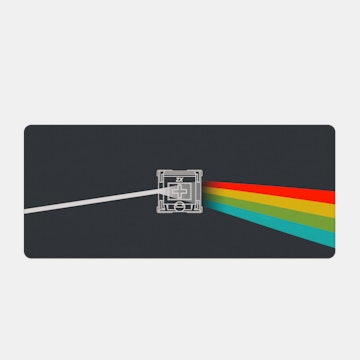Click to view our Accessibility Statement or contact us with accessibility-related questions




















Massdrop x Apogee Vital Super Slicer Kitchen Knife
Massdrop x Apogee Vital Super Slicer Kitchen Knife
bookmark_border
Where's the price?
To negotiate the best possible price for our customers, we agree to hide prices prior to logging in.
877 requests
·
Free Returns in USA
Product Description
Our third collaboration with Apogee Culinary, and the second knife in the Vital series, the Super Slicer is designed to slice bread and pastries without excess crumbs, and to slice meats without releasing their juices—in other words, everything you can’t do effectively with the original Vital 8-inch chef’s knife. When paired with the original, this formidable duo can tackle 90 percent of kitchen cuts Read More

search
close
Sort by: Top Conversations
keyboard_arrow_downPumpIron
40
Aug 29, 2018
61 HRC is pretty good for a kitchen knife, but why the loss of 2 pts from 63 during grinding? That implies they're ground hot and fast instead of wet, which typically results in varied and unpredictable performance.
RayF
22221
Aug 22, 2018
Nearly ten dollars less and a lot more versatile:


14themoney
1395
Sep 2, 2018
beausymNote to self- be sure and thank the Lord that you didn't put you own picture in your profile.

ollyisk
23
Aug 21, 2018
100% understand the room mate thing!
I ran to the restroom once when cooking dinner with a friend and came back to him hacking at a sweet potato (in an really over the top, jokey kind way) with a Japanese laser I own...I was horrified. Wrong tool for the job, and I was pretty sure he was gonna either cut himself or chip the blade when he hit the counter top after glancing off the potato the wrong way.
I ran to the restroom once when cooking dinner with a friend and came back to him hacking at a sweet potato (in an really over the top, jokey kind way) with a Japanese laser I own...I was horrified. Wrong tool for the job, and I was pretty sure he was gonna either cut himself or chip the blade when he hit the counter top after glancing off the potato the wrong way.

PigmonkeY
1082
Aug 21, 2018
ollyiskuntil you come to the kitchen to see someone cutting meat off a bone with your s110v custom 8 inch chef's, you don't know what heartbreak feels like. Felt like losing a dog.

blackcat1
8
Feb 1, 2020
OK. For people that have no idea about this knife:
- It’s a beveled edged knife first designed for pastry chefs.
- if you hone it with a steel or sharpen on a stone, only do so on the angled side and NOT the straight side or this will effectively ruin your knife.
- If & when you decide that your knife needs to be sharpened further, use a steel meant for a chain saw, (this is available at a good hardware store) & finish off with a good flat edged steel or knife block.
- The knife is rounded at the front because it was first designed to cut both pastries & more importantly, cakes. Trust me when I say, this designed knife is perfect for bread. I have been using this particularly designed knife for over 25 years as a chef. Of course manufactured by different companies.
- The only thing I can see that could be a failure, is that the blade is exactly the same height from tip to hilt. Normally with this design, there is approx 0.3 inches difference in height from tip to hilt. This does make a difference, even if it sounds so small.
- Price wise, it has a cheap price tag, so who knows what the quality will be like.
- That’s it, that’s all I have, hope it was helpful.

JonasHeineman
5987
Aug 21, 2018
Hey everyone,
Following on the success of our first Massdrop x Apogee collaboration, the Vital 8" Chef's knife, we're pleased to introduce the handy Vital Super Slicer. This knife covers some common cuts that the chef's knife isn't as good at - slicing bread and meats - which require a different style of edge.
Most people use serrated knives to slice bread...and sometimes even meat. Serrated edges get the basic job done, but they generally leave rough cuts and spray crumbs all over, or tear the meat and release all the flavorful juices. Using the same reverse-scallop edge found on Apogee's Dragon series bread knife, but adapted to a taller, classic slicer shape, Apogee Culinary was able to create a multi-purpose knife that excels at slicing breads and proteins.
Even if you didn't pickup the Vital 8" Chef's knife, this super slicer makes a great addition to the kitchen and just might replace your current bread knife and/or slicer. Thanks for checking it out! A few housekeeping notes before we get started:
Carry On! - Jonas
Following on the success of our first Massdrop x Apogee collaboration, the Vital 8" Chef's knife, we're pleased to introduce the handy Vital Super Slicer. This knife covers some common cuts that the chef's knife isn't as good at - slicing bread and meats - which require a different style of edge.
Most people use serrated knives to slice bread...and sometimes even meat. Serrated edges get the basic job done, but they generally leave rough cuts and spray crumbs all over, or tear the meat and release all the flavorful juices. Using the same reverse-scallop edge found on Apogee's Dragon series bread knife, but adapted to a taller, classic slicer shape, Apogee Culinary was able to create a multi-purpose knife that excels at slicing breads and proteins.
Even if you didn't pickup the Vital 8" Chef's knife, this super slicer makes a great addition to the kitchen and just might replace your current bread knife and/or slicer. Thanks for checking it out! A few housekeeping notes before we get started:
Carry On! - Jonas
harveyfnj
83
Aug 30, 2018
JonasHeinemanI (we) are STILL waiting for the results of the metallurgy and rockwell tests for the chef's knife. We're already two weeks beyond the date you said a report would be available. An update?
PumpIron
40
Aug 29, 2018
In General, reverse scallops are as remarkably effective as they are rare, though they aren't nearly as long lasting as standard serrations, and really benefit from high hardness and wear resistance as well as a reasonably thin grind. They are easier to touch up on a ceramic rod, but fully reprofiling the scallop bevels is more work than it's worth. They will retain some moderately reduced effectiveness for several suboptimal flat stone sharpenings.

Girryn
17
Apr 23, 2019
The production version I just received does not match the initial photos and has the serrations on the left side.

swimjay
115
May 20, 2019
GirrynYes, I agree completely. (See my post dated May 19th, and edited today). I find the knife "steers" strangely, and suspect that it's actually designed for a left-hander. Used by a right-hander, it tends to steer out of the cut, tending to make cuts with varying thickness, rather than inclining toward the body of the bread, (or whatever), thus making it easier to get parallel cuts.
(Edited)

phoenixsong
1055
Aug 21, 2018
A video demo proving its effectiveness (or the lack of) would be informative for this decision making process :)

Deudermont
19
Sep 2, 2018
phoenixsongYea if we can see a comparison of the juices lost vs that of a comparable serrated knife that would be great!
14themoney
1395
Aug 30, 2018
I got another email about this. I always lose my juices (Blood, serum) when I cut myself. How is it that other meats don't lose their juice when they are cut with this knife?
14themoney
1395
Aug 31, 2018
A lack of anesthesia to noxious stimuli speaks strongly against that possibility.

phoenixsong
1055
Sep 11, 2018
14themoneyBecause apparently Shakespeare thinks otherwise- read "The Merchant of Venice" :)

gardey
90
Aug 23, 2018
Here is my two pinches of salt since this is "In the works."
To start, this isn't a slicer. It's a serrated slicer at the closest if using fancy names.
My impression is that this knife is meant for the enthusiast home cook who cuts breads in small quantities, i.e. for breakfast and the occasional sandwich.
On the other hand,for the culinary student, especially a Pastry Arts major, or someone thinking of joining the industry where you cut alot of bread, this knife is not recommended. As you may tell, the shape of the edge makes sharpening at home extremely difficult to downright impossible -this is the main reason the steel quality of a bread knife is not what you should be looking for. When I worked at a bakery, I reached a conclusion that bread knives are a consumable, so having a sharp new bread knife at $30~40 every month or so is better if you need to go through a few hundreds of slices within that time.
Also, while this knife meets the usual requirement of culinary institutes in the US, which is most commonly a 10in blade, the actual serration seems to be 8~9in. This is important as proper, intended cutting method of a bread knife is to saw, therefore the actual length of the item you can cut is 6~7in. (This means you will have difficulty with cake cutting). Additionally, because the tip is rounded instead of having a point, you cannot create an entry point, therefore making cutting things that are larger than stated above a chore if perfect or very consistent slices are desired. The blade thickness and rigidity is key when perfection is sought, though no manufacturer ever seems to think the spine and edge width is crucial. On top of that, because the blade width is thin while the blade is straight, cutting the bottom crust to release the bread off the board will not be an easy cut.
With all of this said, if this knife wants to be a bread knife that can justify its price, it needs to be: longer in length, have an offset handle, have a point, and extend the serration to the entire edge.
If this wants to be a cake knife, it needs to be: much longer in length, and have a very flexible blade. However, this would be for the efficient professional who knows what they are doing, where cutting, and frosting the cake is done all with one knife. In this case, the rounded tip makes it closer to a straight spatula.

gardey
90
Feb 3, 2020
First of all, I was reached out from Massdrop at the time for my feedback, a few months before they gave up on culinary items as a whole, and then changed to Drop. (This is why there is no Cooking community any more). I posted this comment when this knife was supposedly in the pre-release stage, "in-development" or whatever word they used, but basically it was not available for sale at the time.
Also, I wish you thought twice before necroing this, which was about a year and a half ago. But thanks to you, I now know they still have some culinary items under EDC (for some reason), and this... thing.
Regarding your question, have you even bothered to read my comment? I prefaced that if its for home use, like in your review, its "okay," but definitely not for the price... (I swear it was cheaper back then. $90 at time of writing this comment.) Even $30 for this type of knife is too expensive for me, when a basic one is sold for around $10. (Will the edge last more than 9 times the life of a $10 blade? Probably not.)
For professional use, the length of the blade already disqualifies it for a candidate. I said "usual requirement of culinary institutes" to be safe, but I will now say that my culinary institution -required- me to have a 10" -blade- or else I would be forbidden to use that knife.
For example, for a pastry worker, a round whole 8" diameter cake, one that this knife could barely cut comfortably due to its short edge, is a petite size that is on the rare side in the US. When cutting, keeping the layer level is mandatory. With a smaller blade, let alone a rounded tip which steals actual cutting edge length, this means I will have to draw the knife mid-cut into the layer to saw through, leaving an indentation. It is virtually unnoticeable, but it's still there, and in less seasoned hands, this is most likely where a change in cutting angle will occur. If my knife edge doesn't leave the cutting layer, then as long as I maintain the angle, it stays as one perfect layer.
For mass production, I made layers for a cake in sheet pans. With a larger blade, I can get to business with one slice. With this, I would have to cut the sheet into thirds to be properly manageable, which is additional time and space I have to reserve. When I worked at a Japanese cake shop, I used a 16" and increased production by cutting two 6" or a combination with a 8" in one slice. I'm sure no one at a cake shop would want to use a knife this small.
As for bread, I worked in an artisan bakery, where the bread comes in all shapes and sizes. We also used the slices of bread for sandwiches (go ahead, make fun -- it takes one to know how difficult it is to cut a sandwich without altering the shape of the bread, especially when said sandwich asks for multiple layers and uses bread so soft a light press causes indentation.) When cutting through literal dozens of bread everyday, experimenting with many types of knives to try to make my life easier, a knife with only 9" of serration is not what I want. When cutting a baguette at a hard bias, 9" isn't enough. For softer bread, or even a ciabatta with a thin crust, then I rather just use my sharp chef knife than some random serrated edge, since I don't damage the outer layer and can cut through instead of having to lift my knife back up mid-cut to start another saw-through. This is also true for when I need to cut a completed cake, especially with more layers. When cutting through a hard crusted boule, a reverse-scallop edge just bounces off and 9" means I need two slices to halve it.
Returning to the rounded tip, it doesn't help one bit when I need to cut the bottom crust. I can either lessen the life span of my serrated edge by sawing into the cutting board, or I can cut to the cutting board and sweep with the tip to release the slice. Additionally, if I have a pointed edge, I can do tip work, or create the starting incision for cutting something more stubborn. A rounded edge only has its use for those who are more old-schooled or pressed on time, who will use the same knife as an icing spatula, though this is considered "too dangerous" and requires certain flexibility to the knife (which I bet this one doesn't have). There really is no purpose to a rounded tip other than idiot proofing -- reversed-scalloped edges are good for cutting tomatoes and even my tomato knife has a pointed tip.
So, as a person who has different serrated knives for different purposes, this knife is trying to be many things but meets beats none for me.
I will say again that serrated edges are virtually impossible to sharpen yourself. It is possible in theory, but I have never yet to find anyone who actually has attempted, or continues to do so after doing it a few times When you go through hundreds of bread in a week, I rather get on with my life with a new blade I bought from Amazon than to spend a few hours trying to, and most likely failing, at sharpening at serrated edge.
With all that said... you may be a Chef, but is your main knife a serrated edge, let alone this one? I hate to say it but if you can use the same serrated edge for 25 years, I find it hard to believe you use that knife on a daily basis at work. If you say that you maintained this knife for that period, I assume you know proper knife maintenance... then why are you still using this instead of your sharp chef knife?
(Edited)

blackcat1
8
Feb 12, 2020
gardeyHi:
Thank you for your comments:
I am an independent chef with experience in 5 star hotels, private/golf clubs, restaurants both owned and worked in, culinary institutes & large special functions: Olympics, G8, G20 etc, as well as teaching.
I have a good amount of knives, everything from 10 & 12" french, boning, flex boning for fish, paring, carving, serrated, cleaver, salmon slicer, santoku & bevelled. My weapon of choice for a bevelled edge is 10" Wusthof Trident super slicer, (at a pinch, Victorianox do a cheaper and lighter model as well). I have 2 of these in different knife kits, depending on where I will be working and what the facilities are. You can use it in one department to slice medium rare strip or rib and in another to cut & pick up cake slices due to the fact it has a rounded edge and can be used as a spatula, & I find a bevelled edge cuts cleaner than serrated.
As you can imagine, in no way shape or form would I even dream that my knives would definitely last 25 years: wear & tear, loss & theft are all part of having your own equipment in the food industry, as any chef will tell you. As for serrated edges knives, I don't normally carry one in my knife kit. This being said, I am not sure why you would keep commenting on serrated edged. Everyone knows, that you are better off sending a serrated edged knife to be sharpened professionally, I wouldn't touch one. You may be getting muddled with serrated and bevelled. As stated in a previous comment, you can sharpen a bevelled edged knife but only on one side of course. To sharpen between the grooves, you can use a steal meant for a chainsaw, then finish off with a good knife block or sharpening steel.
In regards to culinary students. Interestingly enough, most students once they are either in an apprenticeship or have decided to directly move into the culinary workforce, change their equipment/knives, normally a piece at a time to something that better suits them. Choosing a knife is like choosing a pair of glass frames, very individual.
Lastly, I guess in the US things are done differently, as stated before, the Trident super slicer was not called this when Wusthof first introduced it as part of their line of knives. When I was a culinary student, all my pastry professors had one, but of course, they were either European or for some reason New Zealand.
Again, thanks for your comments, (in my wildest dreams, did I have any inclination that Massdrop had reached out to you), & I will try to take them with a grain of salt and not jibes.
Have a lovely day.
Notsurewhyibother
1200
Aug 22, 2018
Can't see paying this much for a bread knife. Particularly with the issues with the last apogee collaboration. Does WE do kitchen knives?
Also, who cuts meat with a serrated knife? Get a slicer/carving knife or just use your chef knife. Serrations tear and if you tear meat, the juice ends up on the board instead of in your mouth.
Also, who cuts meat with a serrated knife? Get a slicer/carving knife or just use your chef knife. Serrations tear and if you tear meat, the juice ends up on the board instead of in your mouth.
Showing 59 of 118
Recent Activity
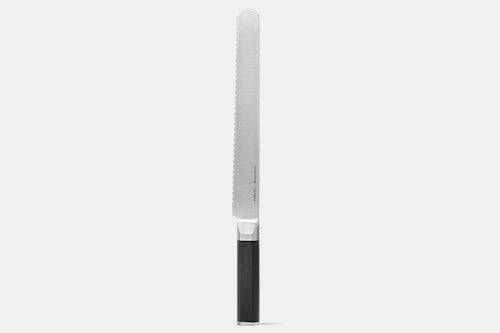
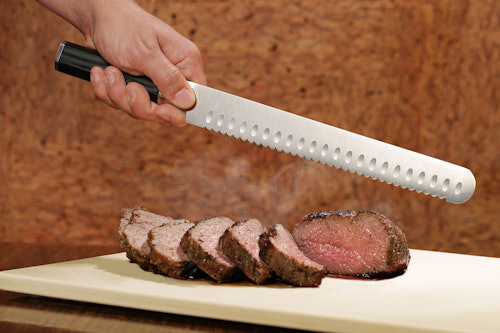
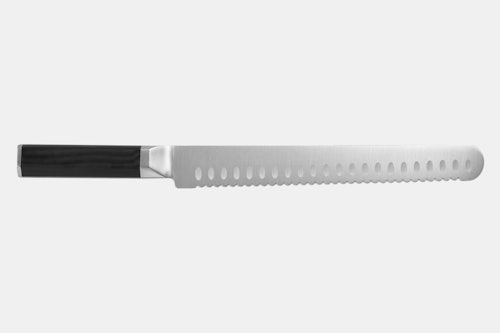
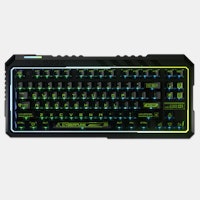

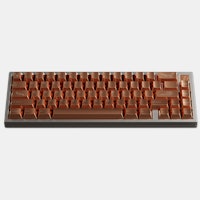
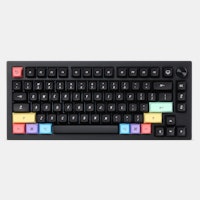

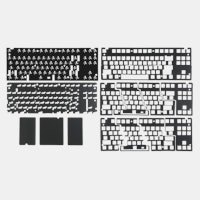

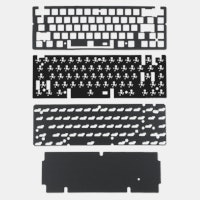


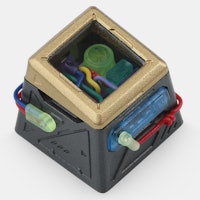
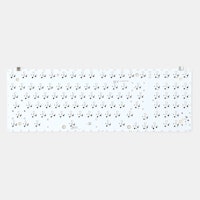



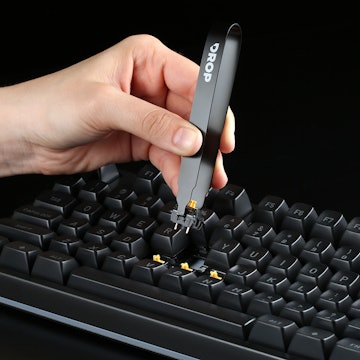
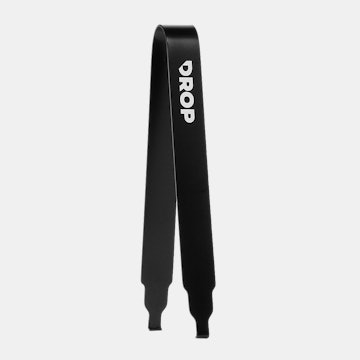
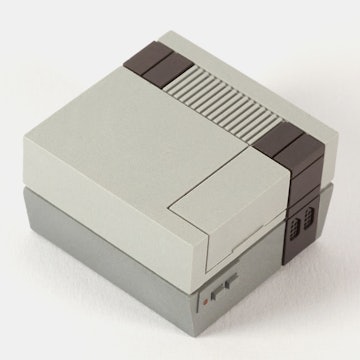
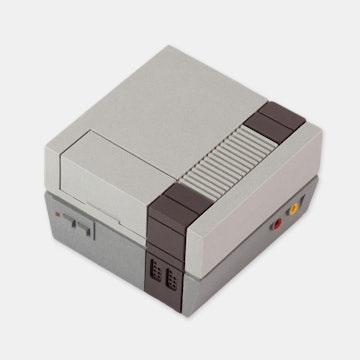
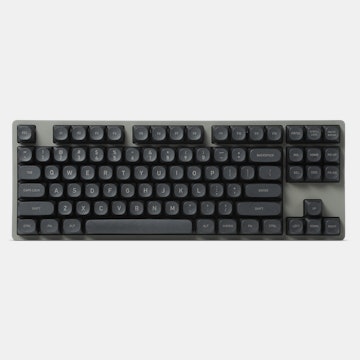
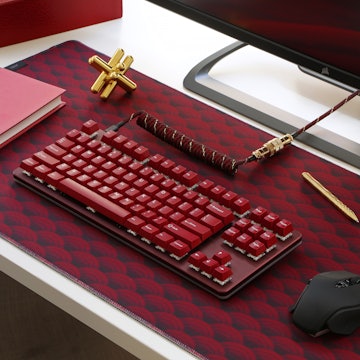
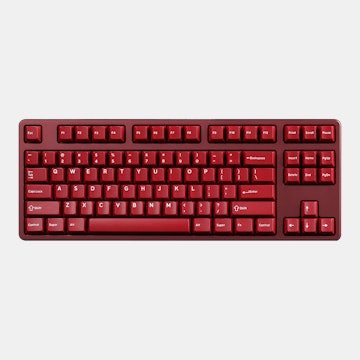
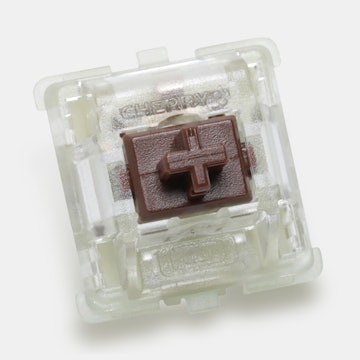
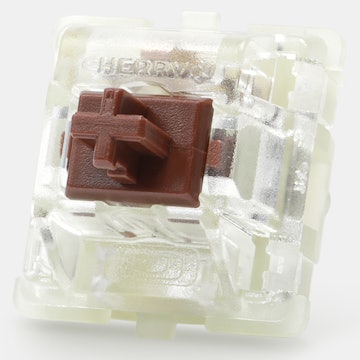



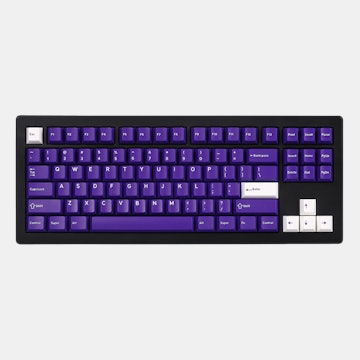
.jpg?auto=format&fm=jpg&fit=crop&w=360&h=360&bg=f0f0f0&fill=solid&fill-color=f0f0f0&dpr=1&q=70)
